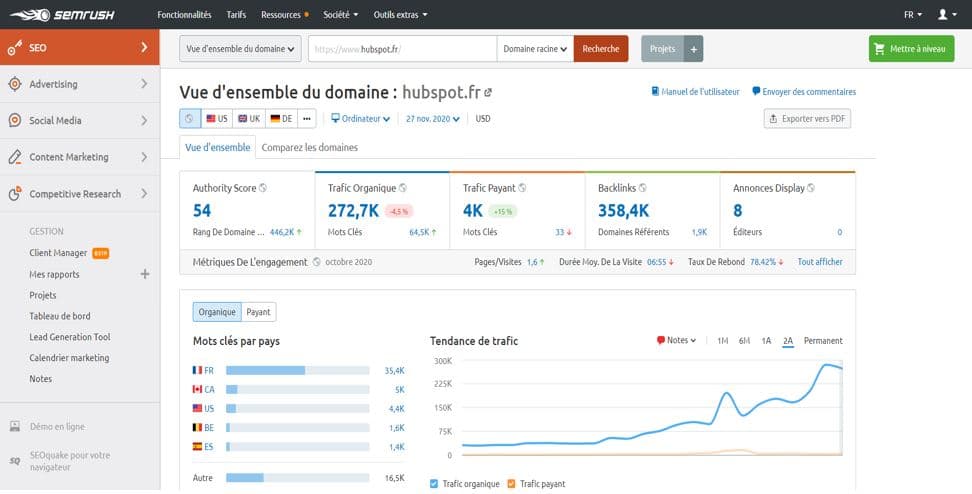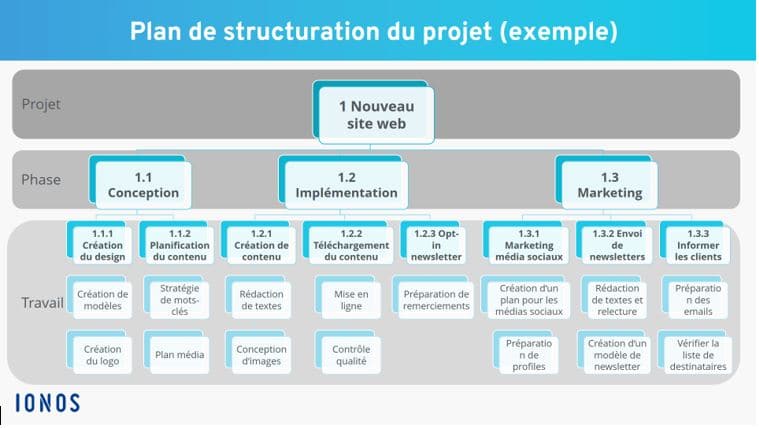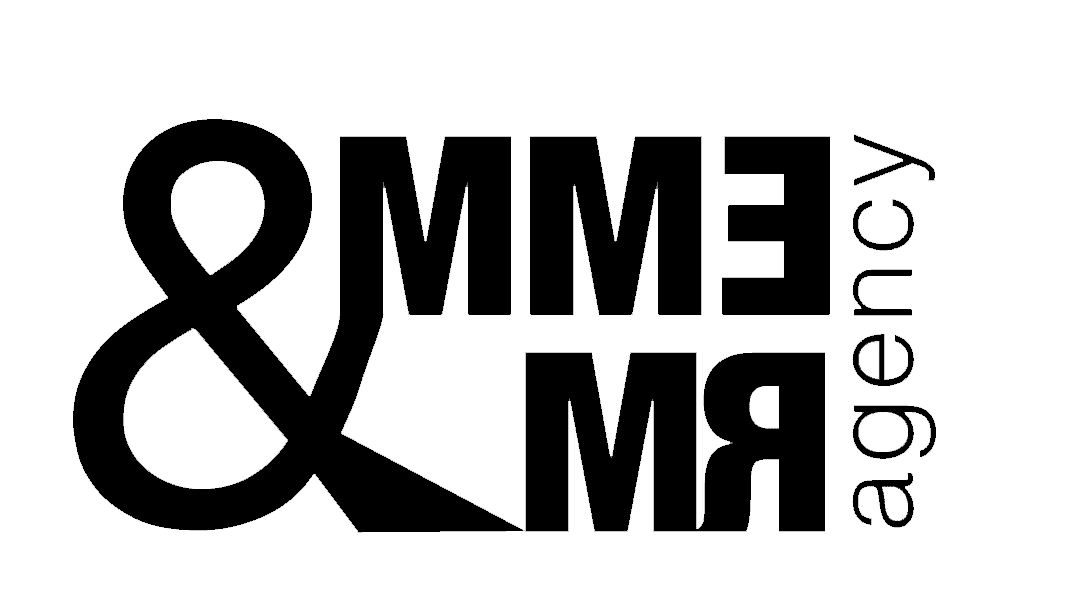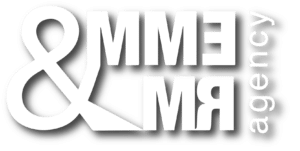Inbound marketing vs outbound marketing: what are the differences?
The digital strategy includes different techniques including inbound marketing and outbound marketing. Wow, did you say outbound? What is this again? No, this is not Luc Besson’s latest film, but the must-have of digital strategy. Together we will identify what an outbound and inbound strategy is. But what are the differences between these two digital strategies?
As we know, the digital strategy allows companies to position themselves in their market after having made a study of it. But the most important thing is that we have thought of you, selecting the best steps for you to implement these strategies. So let’s go ! Do not miss this article with small onions which will know how to delight you of this marvelous menu.
1- The Difference between inbound marketing and outbound marketing:

2- As an aperitif: what is inbound marketing?
-Definition of inbound marketing:
Inbound marketing is also known as “push” marketing. This strategy involves using marketing tactics to get your business (or its message) known to people who aren’t necessarily looking for it (say so doesn’t look like little ads we didn’t ask?). It’s also called permission marketing (well, we’re not asking you to raise your hand). Indeed, the inbound strategy is based on consumer acceptance. Here, we make the consumer an actor in the strategy by valuing him and putting him forward.
What to remember from this inbound marketing strategy:
Inbound marketing costs 62% less per lead than outbound marketing – saves time and money. One of the advantages of inbound marketing is that it is a long-term strategy that is to say, it allows to perpetuate a corporate image that is sustainable over time.
It is also possible to create a better digital experience to allow users to remember the brand in a positive way.
As a result, loyalty is increased and the customer bounce rate is minimized. We encourage prospects to contact us through Call-to-actions.
We invest in our brand positioning as an expert with reliable sources of information.
3-In flat: what is outbound marketing?
The definition of outbound marketing:
The communication is carried out in the direction of the advertiser towards the consumer, for example in the physical world by way of posting on the places frequented by the prospect or customer.
Benefits :
Outbound marketing reaches a much larger audience, which allows it to broaden its target and increase its catchment area.
This strategy helps you target people who may not be familiar with your product or service. And yes, it’s a bit of a really untargeted pigeon shooting!
The problems of outbound marketing:
A reality that pushes companies to abandon this strategy: high cost and low return on investment. The sentence is heavy when we do not prioritize quality and content.
These are very invasive “old school” business techniques that are obviously disliked by customers! And yes, it gives a negative image, to say the least, to pass for a spammer.
The products or services are not always relevant to the customer, nor sufficiently targeted.
More and more blocking techniques (adblock ad blockers and spam filters) are common and make this marketing strategy ineffective.
4- Cheese: inbound marketing vs outbound marketing: some examples
The digital inbound marketing strategy is made to dig its holes in the wheel (Like in a cheese wheel). More seriously, this strategy allows you to make your place among the competition. Your added value is the asset that you must highlight and prioritize in your strategy. Your identity is your best ally for communicating and making yourself known to your audience.
Here are some examples to illustrate these two different strategies.
Amazon is a famous model of perfection in personalized and inbound marketing, but I prefer to tell you about examples of little-known inbound marketing strategies that are just as effective in their execution.
A success story from the French company: Mention
Mention has been able to move forward with the leaders of inbound marketing. Mention is a tool known to marketers, but little known for its inbound marketing strategy. The principle of this tool is simple: it allows you to monitor your online presence (your brand) on all blogs and articles on the web. Its success is based on exploiting, in all its forms, the tool we all know which is reputed to be inexpensive, which provides free organic SEO and which can also make all the difference on a website. I named it: the blog! Often neglected, it is not often thought of strategically, yet it is a tool that boosts your organic SEO thanks to long tail SEO, which is extremely powerful in inbound marketing.
Indeed, by inviting bloggers to feed their site, Mention has managed to establish a balance between content and quality. Keywords and wealth of content are the key words of this business.
An example of a multitasking tool that uses the inbound marketing strategy: Buffer
Buffer is the benchmark for success in terms of inbound marketing, this company provides a multitasking tool for managing content on social networks. The principle of this tool is to maximize the performance of its publications by scheduling them upstream via a calendar. This automation software allows you to have a global view of all your publications on all your networks. Thus, this tool saves considerable time in planning your content. This is because it connects multiple social networks and synchronizes the schedule to give you free rein for other tasks.
5- The dessert: inbound marketing vs outbound marketing hubspot and other tools:
The handy list of automation tools:
Yoast: your SEO ally on your WordPress website.
Semrush analysis and SEO performance combined to build your SEO strategies.

Semrush interface in relation to the “Hubspot” site
- Buffer / IFFT: your simple and affordable planning tools.
- Mailchimp / Mailjet: your fast, reliable and secure emailing.
- Hubspot / Sproutsocial: comprehensive customer relationship management software.
The best for the end ! I saved you the icing on the cheesecake. And yes I have made you a small selection of planning and management tools for your web projects. A digital strategy without the best web tools is like a dessert without a spoon: without it, you cannot enjoy these exquisite desserts.
- To have a global vision of your project, I recommend the task organization chart:

- Editorial planning: essential for chocolate chip publications.
- The Gantt Chart: the progress of your projects in one page, always with an eye on the timer, nothing better to carefully follow the cooking of your achievements.
- CTA: your Call-to-action that captures the attention of your customers and that they can contact you
- Original and personalized pop-up: the one that will mark your audience and allow you to stand out.
- AARRR: the conversion funnel, to follow your prospects’ journey from “awareness” of your brand to “action” (sales) then loyalty, recommendation, upsell etc.
Finalement, la pépite du marketing c’est de créer sa propre stratégie d’inbound marketing, sans imiter celle des grands qui ont un grand budget pour faire une campagne de publicité massive et peu ciblée. Afin de vous permettre de créer votre propre plan digital il faut que vous vous concentriez sur ces différents points de mise en avant de vos activités. Et si la solution pour choisir la meilleure stratégie pour votre marque était de combiner les deux ? Vous êtes maître de cette décision. Maintenant, vous avez toutes les clés en main pour vous permettre de réaliser ces deux différentes techniques de marketing : je vous certifie expert de la stratégie digitale inbound et outbound.


